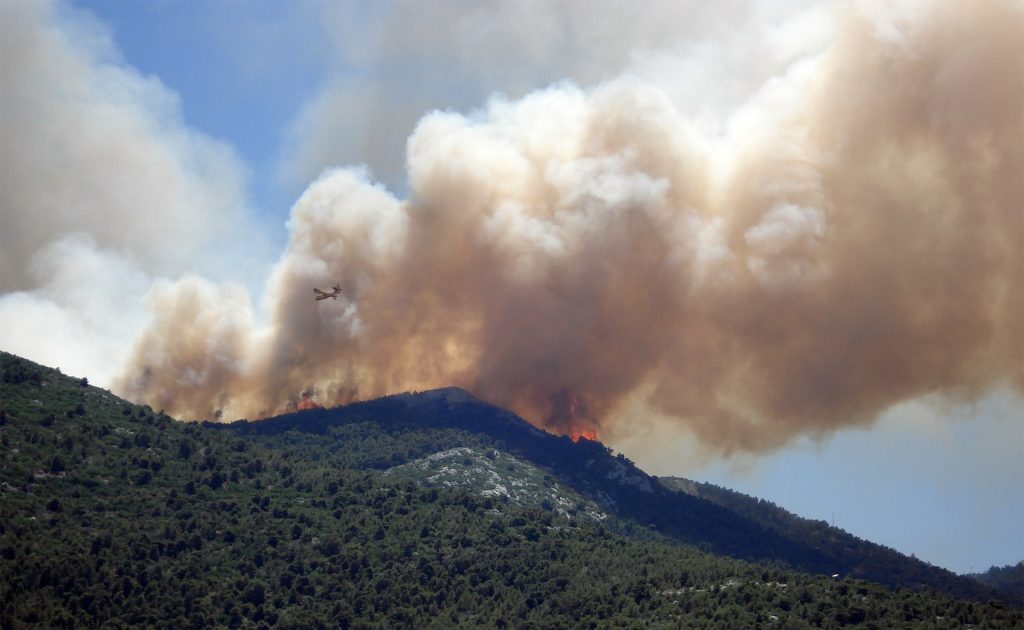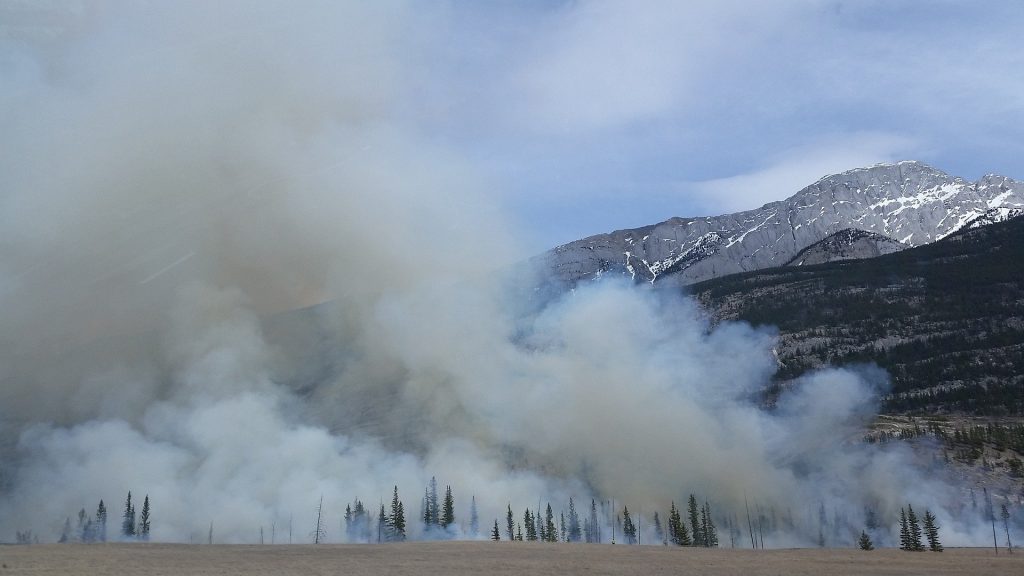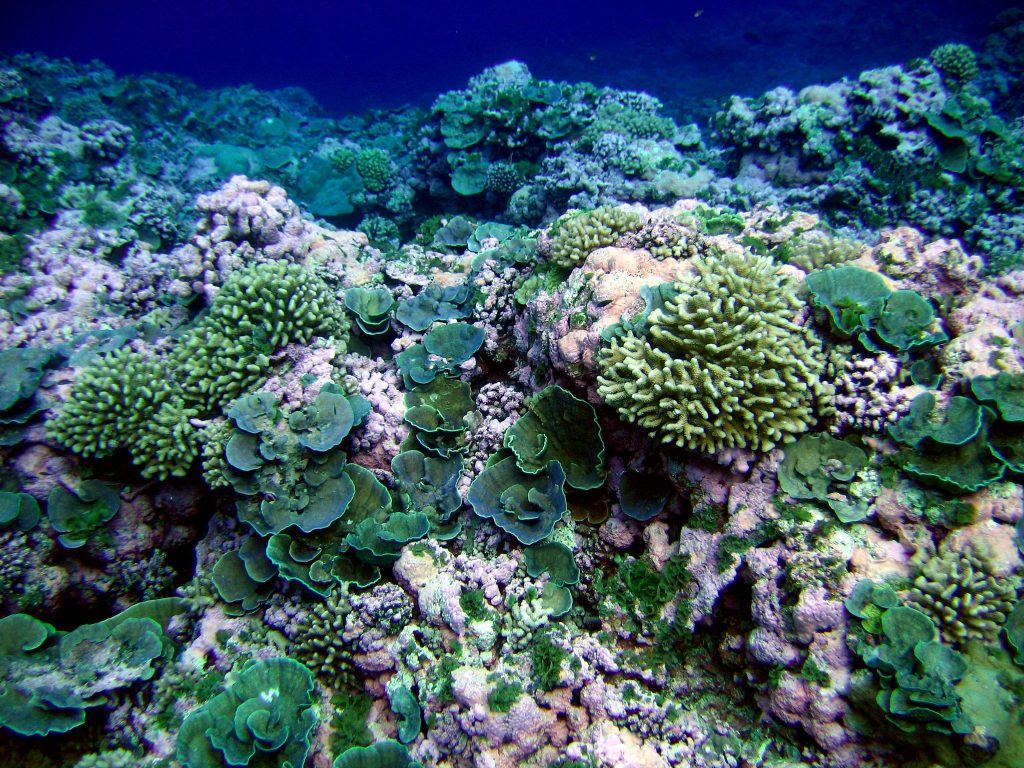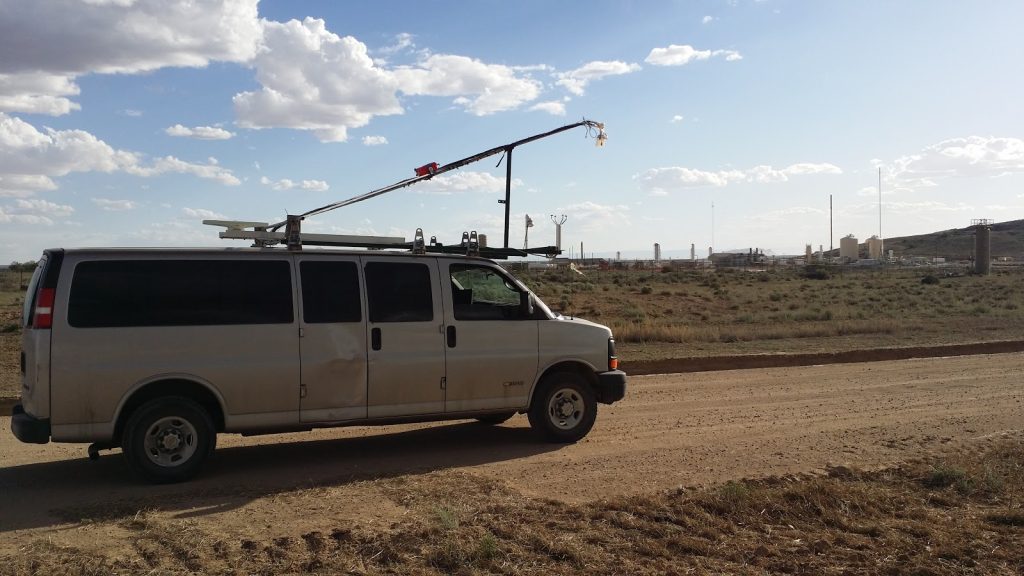Comprehensive Summary of Reactive Oxidized Nitrogen Species in Western US Wildfire Smoke Plumes
A research team funded in part by CPO’s Atmospheric Chemistry, Carbon Cycle, & Climate (AC4) program observed and summarized the evolution of reactive oxidized nitrogen species in sampled from wildfire plumes as part of the Western Wildfire Experiment for Cloud Chemistry, Aerosol Absorption, and Nitrogen (WE-CAN) field campaign.











